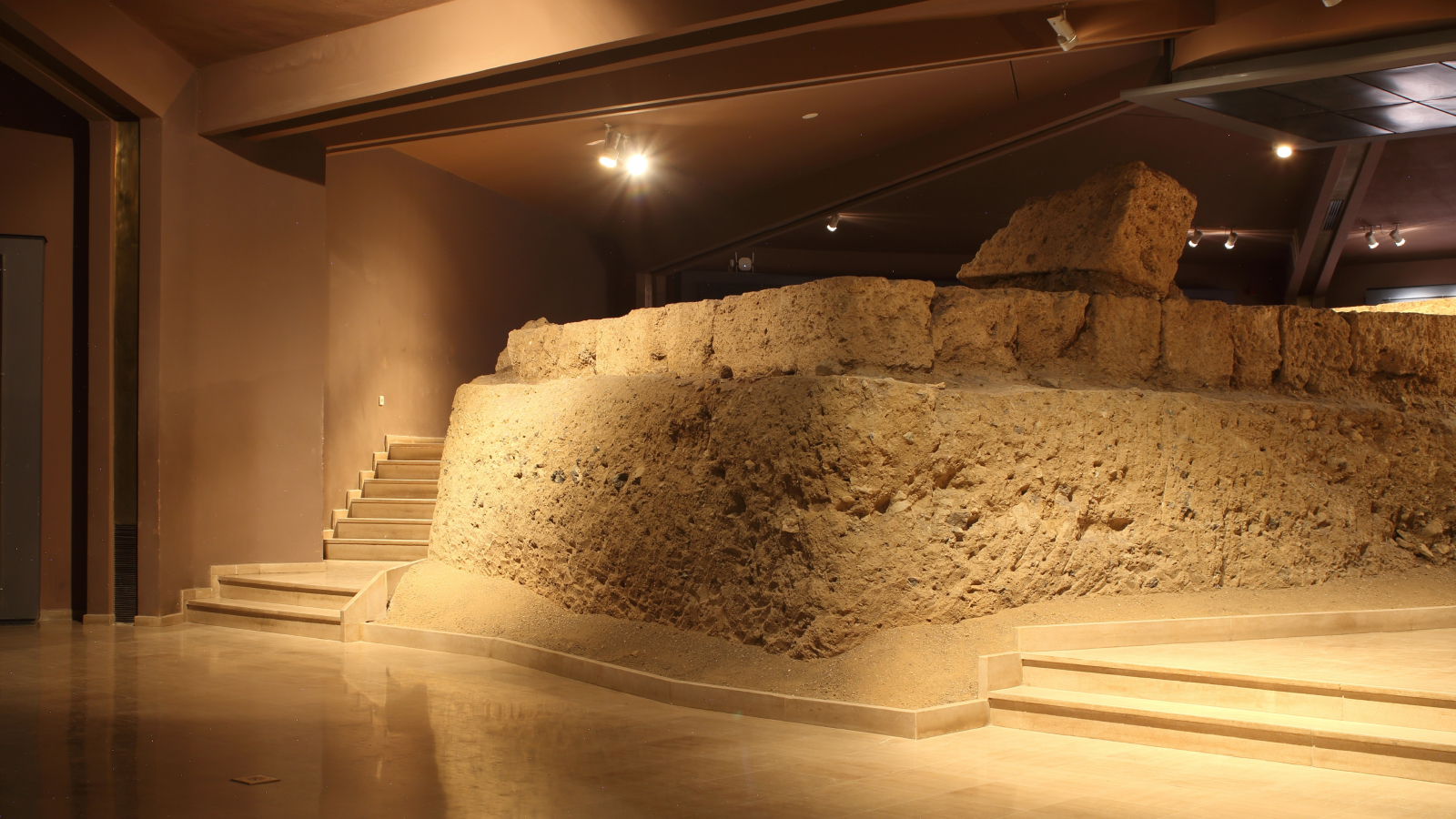An ancient tomb in Greece does not hold the remains of Philip II, the father of Alexander the Great, as some scholars think it does, a new study suggests. Instead, it contains the remains of a younger man who died before Philip II did, archaeologists propose.
The study, published in the July 2025 issue of the Journal of Archaeological Science, also revealed that the tomb is the burial place of a young woman and six infants. Prior to this study researchers knew of the existence of the man, woman and at least one infant in the tomb.
Archaeologists have long scrutinized the tomb, which was discovered in 1977 at the site of Vergina (also called Aigai), in northern Greece. Known as “Tomb I,” it is located beneath a large tumulus (burial mound) that has a shrine on top. It’s near several other tombs, which are thought to hold other members of Alexander the Great’s family.
Some scholars have suggested that Tomb I held the burial of Philip II, although many other scholars believe that he was most likely buried in Tomb II, which was not studied in the newly published paper.
Given that Tomb I has no doorway and was sealed off in ancient times, it’s likely that the man and woman were buried together, at the same time, the researchers noted. Radiocarbon dating of their remains indicates that the man and woman lived sometime between 388 and 356 B.C., the researchers wrote in the paper.
An analysis of their bones and teeth suggested that the man in the tomb was between 25 and 35 years old at the time of his death. Philip II, in comparison, was assassinated in 336 B.C., at about age 46. This suggests that the man buried in Tomb I is not Philip II, the researchers wrote in their paper.
The researchers also used radiocarbon dating to find that at least six infants were placed in the tomb sometime between 150 B.C. and A.D. 130, at a time when the Roman Republic or Roman Empire controlled the region. The dates mean that the infants are likely not related to the man or woman, the researchers wrote.
“There is evidence that disposing dead infants in old tombs, wells or underground voids is not an uncommon practice in the Roman period,” study lead researcher Yannis Maniatis, a researcher at the laboratory of archaeometry, of the National Center of Scientific Research Demokritos in Greece, told Live Science in an email.
The tomb was robbed in ancient times, and the people who lived in the area would have seen the openings left by robbers and decided to use them for the burial of infants, the researchers wrote.
Who were the man and woman buried in the tomb?
The team’s finds leave a number of questions unanswered. Namely, the researchers wondered, who are the man and woman buried in the tomb? To investigate, the team did a strontium and stable carbon analysis of the skeletal and tooth remains, which can provide information on a person’s diet and where they lived as a child.
The man likely spent his childhood away from the Macedonian capital of Pella, which is about 20 miles (32 kilometers) northeast of Vergina, the isotopic tests revealed. The woman — who died between the ages of 18 and 25, according to an anatomical analysis — likely spent her childhood living in or near Pella. Although their identities remain unknown, the tomb’s opulence indicates that they were elite.
“We assume that he must be a Macedon King who ruled and died decades before Philip II’s assassination,” Maniatis said. It’s unclear which king that was, but candidates include Alexander II (reigned circa 370 to 368 B.C.) and Perdiccas III (reigned from 365 to 359 B.C.), the team wrote in the study. Both rulers had tumultuous reigns that dealt with war and infighting within the ancient kingdom of Macedon.
Where is Philip II buried?
Maniatis said the team is not certain where Philip II is buried. Many scholars have suggested that Tomb II at Vergina holds his cremated remains. Previous research done by other scholars has shown that Tomb II is a “two-chamber vaulted tomb found unlooted, with all the grave goods intact, containing the cremated remains of a male” who was around 44 years old when he died, Maniatis noted. However, he emphasized that Tomb II was not studied as part of this paper.
Antonis Bartsiokas, a professor emeritus of physical anthropology and paleoanthropology at the Democritus University of Thrace and one of the researchers who has suggested Philip II is buried in Tomb I, told Live Science that he and other supporters of this theory will reply in a journal article of their own and don’t want to comment further at this time.
“We are going to answer first to the journal,” Bartsiokas told Live Science in an email.
Alexander the Great quiz: How well do you know the famous king and conqueror from the ancient world?
